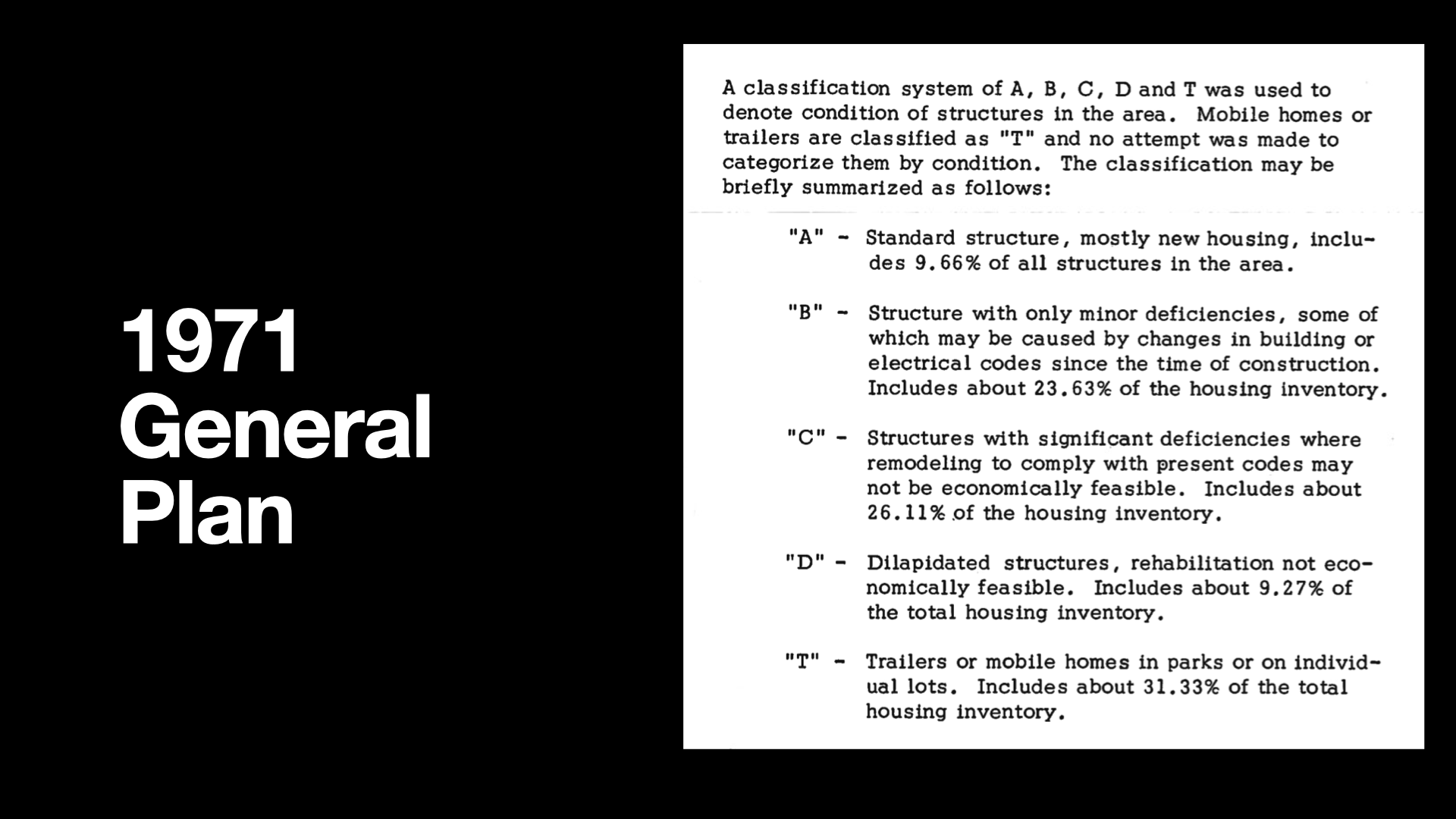Extreme heat in Wilsonville: How we can address environmental justice, locally
On May 11, 2025, I gave a talk at The Parish on how following Jesus and environmental justice are interconnected. The main points were:
Environmental issues have a greater impact on the poor and marginalized. There’s a connection between caring for creation and justice. Environmental stewardship is also a social justice issue.
Wilsonville’s early development plans, the 1971 General Plan and the 1988 Comprehensive Plan, created the reality we experience today, where lower-cost mobile homes are often located near high-heat areas, such as industrial zones, high-traffic commercial areas, and highways.
Faith without action is dead. There are tangible actions we can take today before we experience extreme heat this summer.
You can listen to the talk here, and read the slides, articles referenced, and selections from the 1971 General Plan and 1988 Comprehensive Plan below.
Local impact
In 2021, the summer heat dome killed 69 people in Multnomah County. After this harrowing time, the counties of Clackamas, Multnomah, and Washington teamed up to develop an annual heat watch report.
To my surprise, the hottest areas in our region were suburban cities near highways. Tualatin was the hottest place in the region, 17 degrees higher than average, and Wilsonville was called out as one of the top three hottest places in Clackamas County.
Call to action
I’d like to do some type of service project that identifies the places that are most vulnerable to extreme heat and work to support the people who live there. If you’d like to join in, please email me!
Portland residents advised to prepare for possible extreme heat this summer, Oregonian article from may 2025 (LINK)
Last year in Multnomah County, 170 people visited the hospital or urgent care for heat-related illnesses, up from 141 in 2023, health authorities said. Four people died last year in connection with heat exposure, compared with three heat-related deaths in 2023.
From 2022 to 2024, 14 people in Multnomah County died from heat-related illness. And many of them shared certain characteristics:
85% were 60 and older
85% were men
85% were widowed, divorced or single
79% resided in their own home
71% had an underlying medical condition
50% held a veteran status
clackamas, washington, and multnomah Counties - portland metro heat watch report 2023 (link)
Selections from the report include:
The 2021, the heat dome killed 69 people in Multnomah County.
Pollution disproportionately affects low-income and minority communities due to a combination of factors, including the placement of pollution sources near these neighborhoods, lack of enforcement of emissions regulations, and limited political power to influence policy. This results in higher exposure to air pollution, leading to health issues like asthma and premature mortality.
The hottest areas were mostly suburban cities near highways. These areas have similar attributes, including fewer trees, more hard surfaces like roads, rooftops, and parking lots, and sprawling development patterns. The coolest areas were parks and rural forested areas.
Near Lents, Mall 205, and industrial areas near the Airport
Multnomah: Wood Village, Maywood Park, and Fairview
Washington: Parts of Sherwood, Tualatin (hottest in the region, 17 degrees higher than average), and Cornelius
Clackamas: Molalla, Canby, and Wilsonville
1971 General Plan (LINK)
1968 Wilsonville incorporated as a city.
Mobile homes account for about 31% of the total housing; 200 mobile homes within mobile home parks out of a total of 240 mobile homes in the area
Concentration of mobile home parks occurs south of Boeckman Road along Interstate 5.
Future development of the city should recognize the obvious demand for this type of housing, but at the same time, should avoid lining the freeway with mobile home parks. Much of the future impression that people will have of the City of Wilsonville will be formed as they drive through the city on the freeway.
It would be more desirable to create an impression of a small community with a wide variety of high-quality developments
1988 Comprehensive Plan (LINK)
Population tripled to 3,835 from 1971.
Some of the mobile home parks were originally approved as temporary uses, eventually to be phased out for commercial or industrial uses.
City recognizes that existing residents within these parks have chosen to live in mobile or manufactured homes based on personal preference and economic factors. They have also invested money in their homes and if their parks are phased out, they will be faced with finding suitable relocation sites or be forced to relocate outside of the City or sell their mobile homes.
Policy 4.2.9: The City shall encourage that at least an area of land equal to that now utilized for existing mobile home parks within the City shall be identified within the City for development of replacement mobile or manufactured parks or subdivisions prior to redevelopment of the existing parcels for other uses.
Policy 4.4.2: Recognizing the transitional nature of some of the existing mobile home parks, the city will work closely with mobile home park owners and prospective developers to attempt to provide existing mobile home dwellers with suitable relocation sites before the phasing out of existing parks for other uses















